Commentary
Why Pinoys Are Still Divided Over EVs
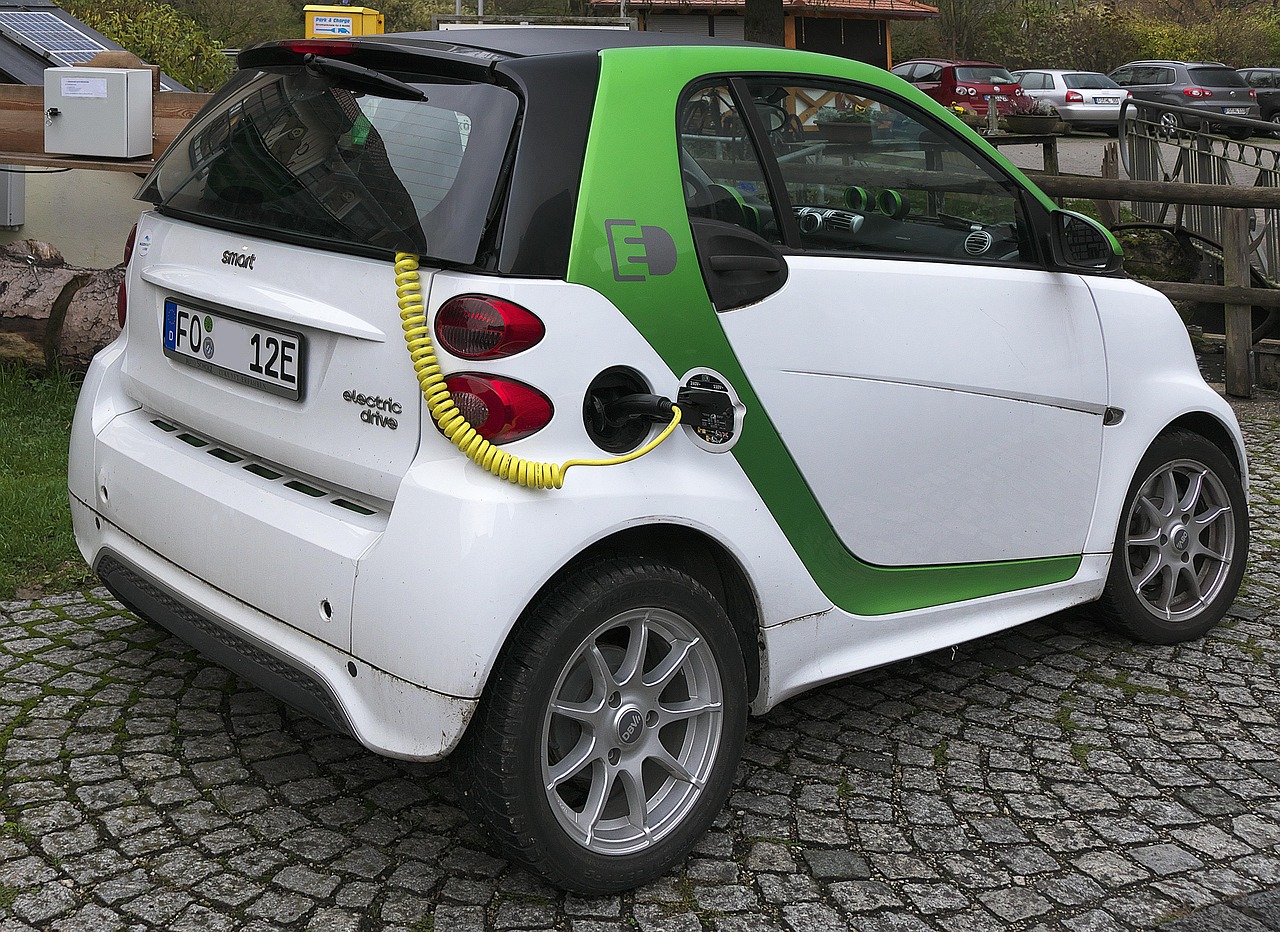
It’s 2025, and electric vehicles (EVs) are everywhere, from billboards and mall displays to facebook, TikTok and Instagram. Yet, despite growing buzz, many Filipinos still are not sold. The streets may welcome Teslas and BYDs, but in Facebook comment sections and group chat convos, many Pinoys still prefer gas-powered vehicles.
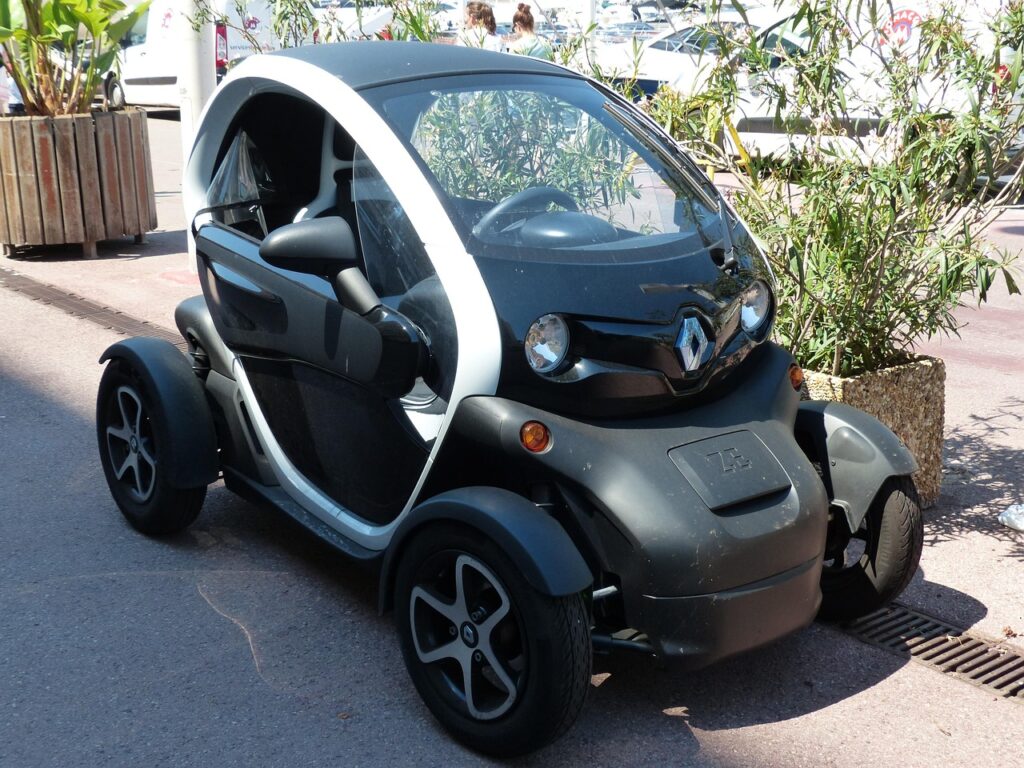
So what’s fueling this EV vs gas-powered debate?
⚡ Price Shock vs Pump Pain
Yes, EVs promise lower running costs, but the upfront cost remains a major hurdle. A brand-new EV still costs more than a comparably sized gas car, even with government incentives.
“EVs are great if you can afford them,” said one Facebook user. “But most Pinoys are still looking for a secondhand Vios or an old Adventure.”
Meanwhile, gas prices keep rising, and that’s no small deal for daily drivers. “Fuel is getting crazy. But replacing my car for an EV I can’t charge at home? Not practical.”
🔌 Charging Dillema
This is the biggest chokepoint, literally. While EV infrastructure is improving in Metro Manila, charging stations are still rare outside urban areas.
“Where do you charge in the far-flung areas? At your grandma’s house?” joked a viral Facebook comment.
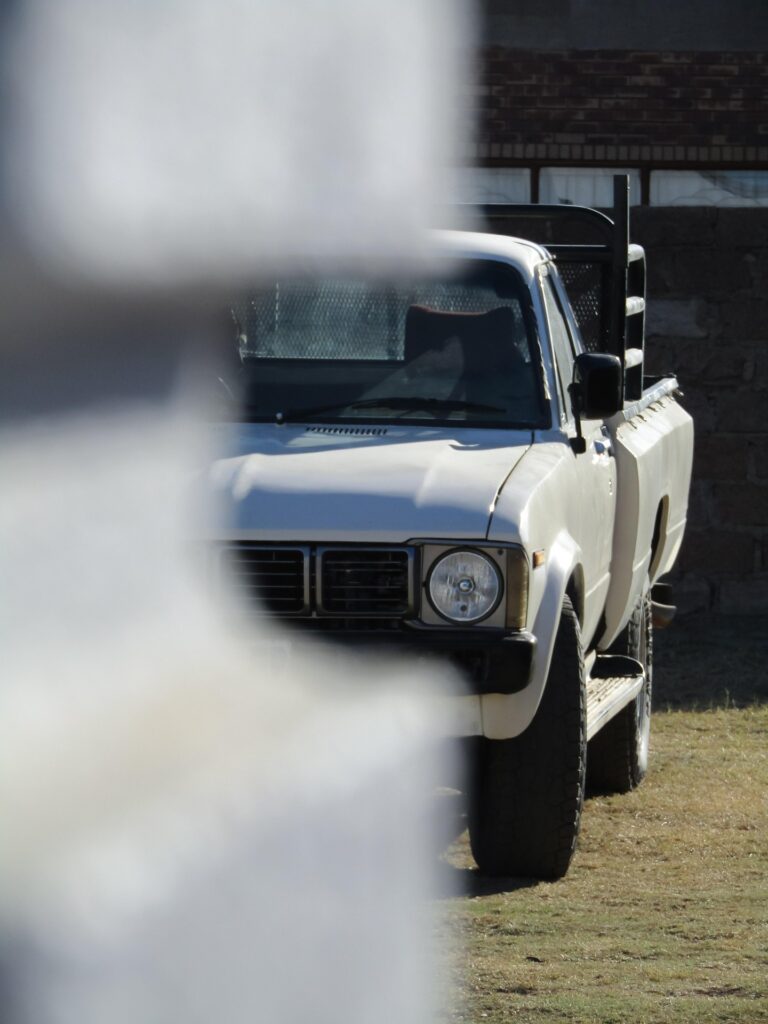
For condo dwellers or those in rented homes, installing a home charger is also a no-go. And public chargers? They’re either full, out of order, or inconveniently located in luxury malls.
🔋 Hybrid Middle Ground
Many Pinoys are leaning towards hybrids as a safer step. They’re easier to maintain, cheaper than full EVs, and don’t need charging stations.
Toyota’s continued hybrid push, with models like the Prius, Corolla Cross and Yaris Cross, has gained strong public acceptance. “Best of both worlds,” says a driver who switched from diesel to hybrid. “It’s way lower gas consumption and has no range anxiety.”
🛠️ Repair Worries & Resale Doubts
One overlooked fear is the maintenance and resale. While EVs have fewer moving parts, they still need specialized care, and right now, not every car shop or casa is equipped.
“What happens if my battery fails after five years? Where do I even buy a replacement?” said another Facebook commenter.
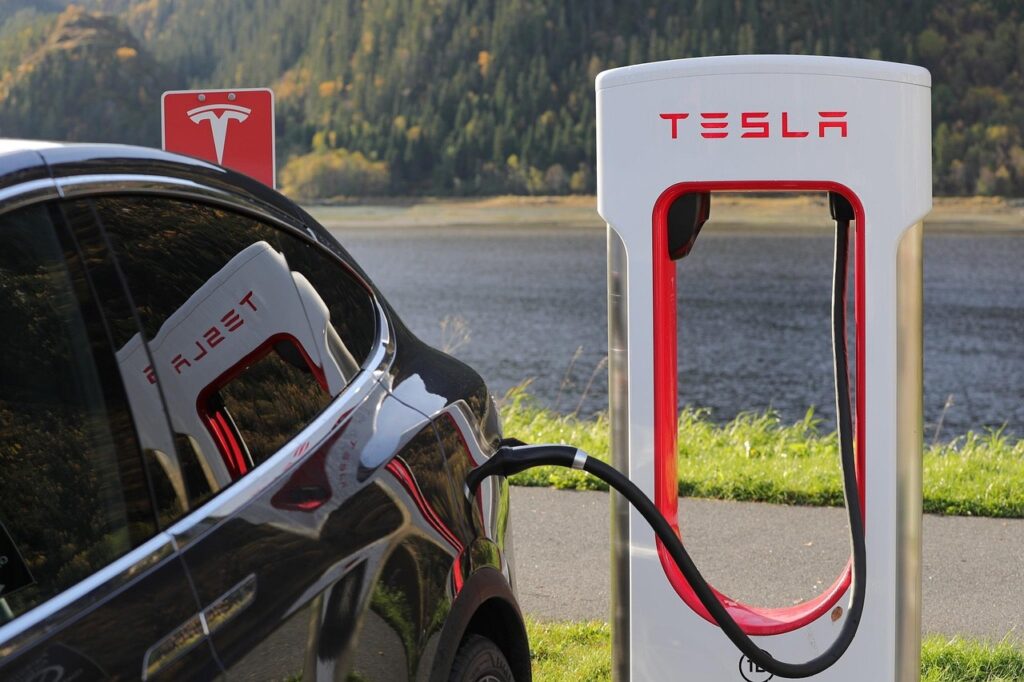
Secondhand EVs? Still a gray area. Battery health is tricky to measure, and a lot of buyers don’t want to gamble.
🇨🇳 The China Factor
There’s also chatter around the sudden surge of Chinese EV brands. While affordable and tech-loaded, many Pinoys remain skeptical.
“It’s like a giant cellphone,” one motoring group member posted. “Looks good now, but what happens five years from now?”
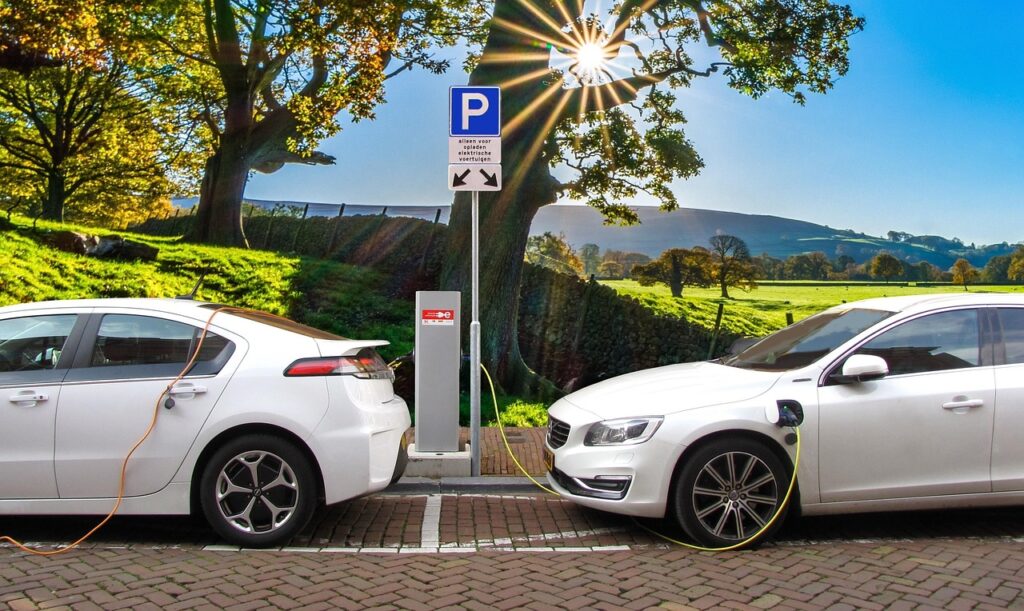
This nationalism-tinged hesitation isn’t new, but it’s flaring again as Chinese EVs continue to undercut traditional brands.
🚘 Bottom Line: EV-curious but Cautious
Most Filipinos want to believe in EVs, but infrastructure, affordability, and long-term trust are still major roadblocks.
So while EV adoption is growing, the gas vs electric debate is far from over. For now, hybrids, efficient gas cars, and good old practicality continue to rule our roads.
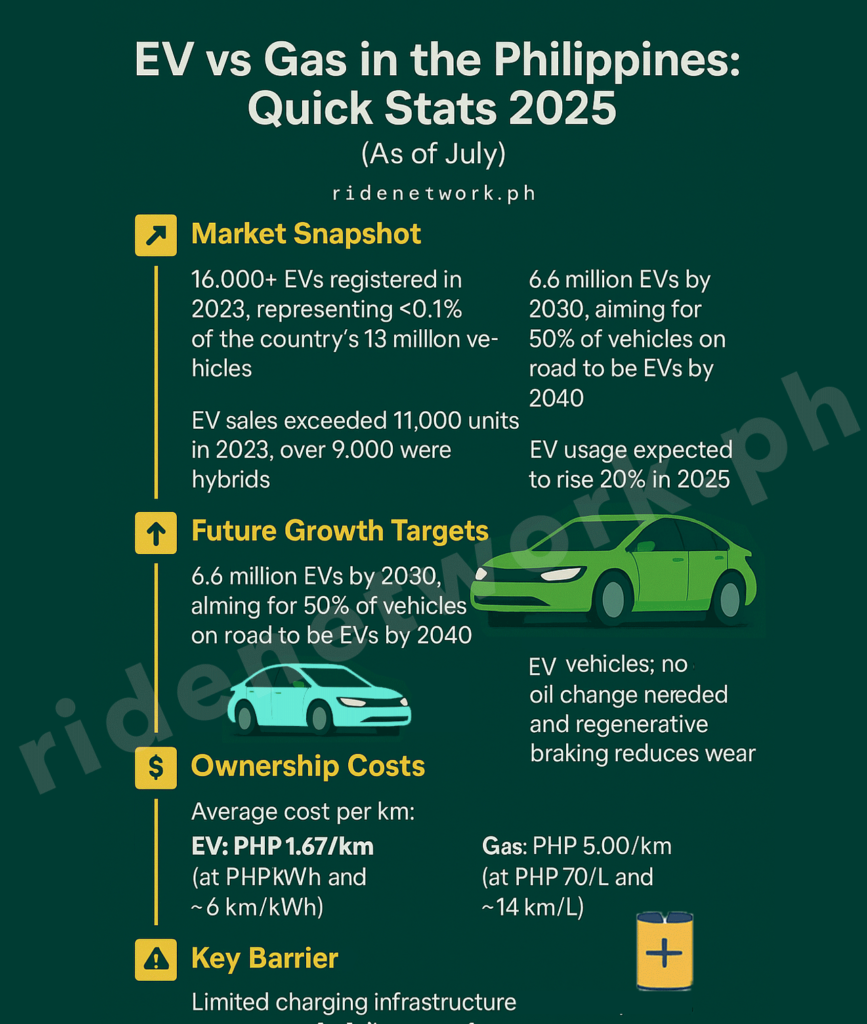
At the end of the day, choosing between an EV or a gas-powered car all depends on what works best for your lifestyle, location, and budget. Both have their strengths, and both come with real challenges. What matters most is being informed and knowing what you’re getting into. So what’s your take? Are you sticking with gas, switching to EV, or holding out for something else entirely? Let us know in the comments. We’re ready for the spark. 🔋⛽👇🏼
Commentary
Jetour Puts Pets in the Spotlight at Annual Media Pet Day

The sound of playful barks and happy laughter filled Barkhaus Eastwood as Jetour Auto Philippines, Inc. (JAPI) hosted its second Annual Media Pet Day on August 20, ahead of International Dog Day. The gathering brought together media friends, their pets, and the Jetour family for an afternoon celebrating companionship and responsible pet ownership.

Far from the usual motoring affair, the event highlighted JAPI’s belief that family includes furry members as well. It also gave the company a chance to strengthen ties with the media in a relaxed and personal setting.
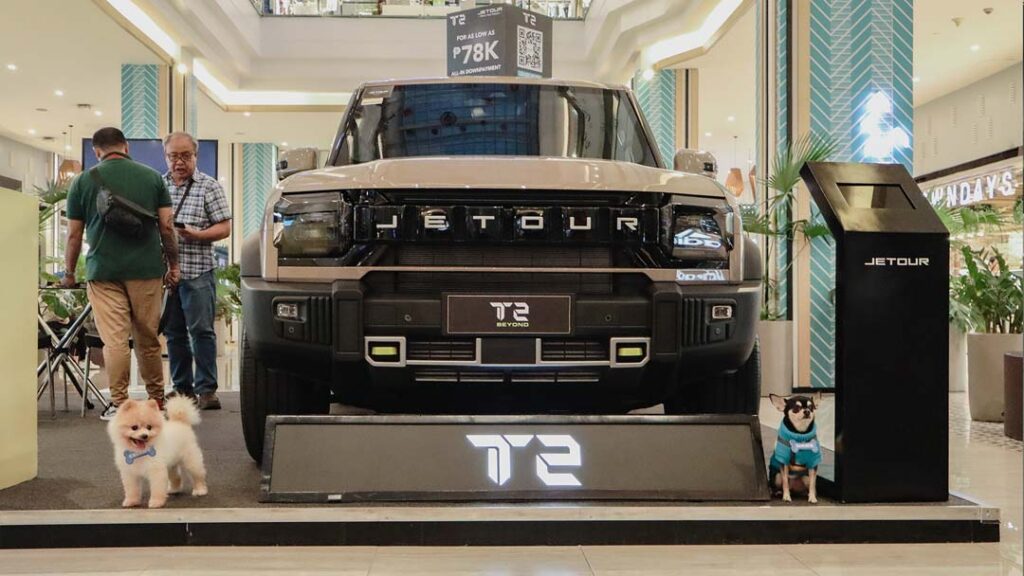
The celebration featured fun contests, interactive sessions, and plenty of activities for both humans and pets. With its pet-friendly setup, Barkhaus Eastwood proved to be an ideal venue for socializing, bonding, and sharing stories among fellow animal lovers.

For Jetour, the day reflected its wider mission: building connections and communities that go beyond cars. Marketing Director Cherry May Moreno-De Los Santos expressed joy at seeing both familiar and new faces return for what is becoming a beloved tradition. “Much like the lifelong relationship we have with our pets, we want Jetour’s bond with our customers to be one of trust, loyalty, and joy,” she said.

To extend the celebration to the public, Jetour also held a vehicle display at Eastwood Mall, showcasing its current lineup, including the sporty Dashing series, the family-sized 7-seater X70, and the rugged T2 4×4 SUV.

The event reinforced Jetour’s message: journeys are not just about destinations, but also about the bonds and memories made along the way. True to that spirit, all Jetour dealerships across the country remain pet-friendly, welcoming families to shop for their next car without leaving their furry companions behind.
Commentary
PUBLIC ADVISORY: LTO-NCR Official Website

Official Website of LTO National Capital Region
The Land Transportation Office – National Capital Region (LTO-NCR) reminds the public to visit and use only its official website:
👉 https://www.ltoncr.com
Here are the available online services:
🔹 Plate Inquiry
- Replacement Plate (Green to White Plate)
- New Motor Vehicle and Motorcycle Plates (Released to Dealers)
- Backlog Motorcycle Plates
🔹 Driver’s License (DL) Card Inquiry – Backlog DL Cards
🔹 Announcements
🔹 Citizen’s Charter
🔹 Certificate of Registration (CR) Inquiry
🔹 Messenger Channel
✅ Always check the official website and channels for accurate updates and information.
Commentary
MMDA Backs Digital Monitoring System for Flood Control

Pasay City — The Metropolitan Manila Development Authority (MMDA) expressed its full support for the use of digital tools in monitoring flood control projects with the launch of the Flood Control Project Components (FCPC) under the Digital Information for Monitoring and Evaluation (DIME) initiative on Thursday at the Tripa de Gallina Pumping Station.

MMDA Chairman Atty. Don Artes, in his welcome remarks, said the system will play a vital role in addressing flooding, one of the biggest problems in Metro Manila. He noted that DIME makes it easier to determine if a project is working, allowing government to act faster and provide better protection for communities.

“This will ensure safety and well-being while promoting transparency,” Artes said, adding that the step is in line with President Ferdinand R. Marcos Jr.’s directive to digitize government processes and guarantee that public funds directly benefit the people.
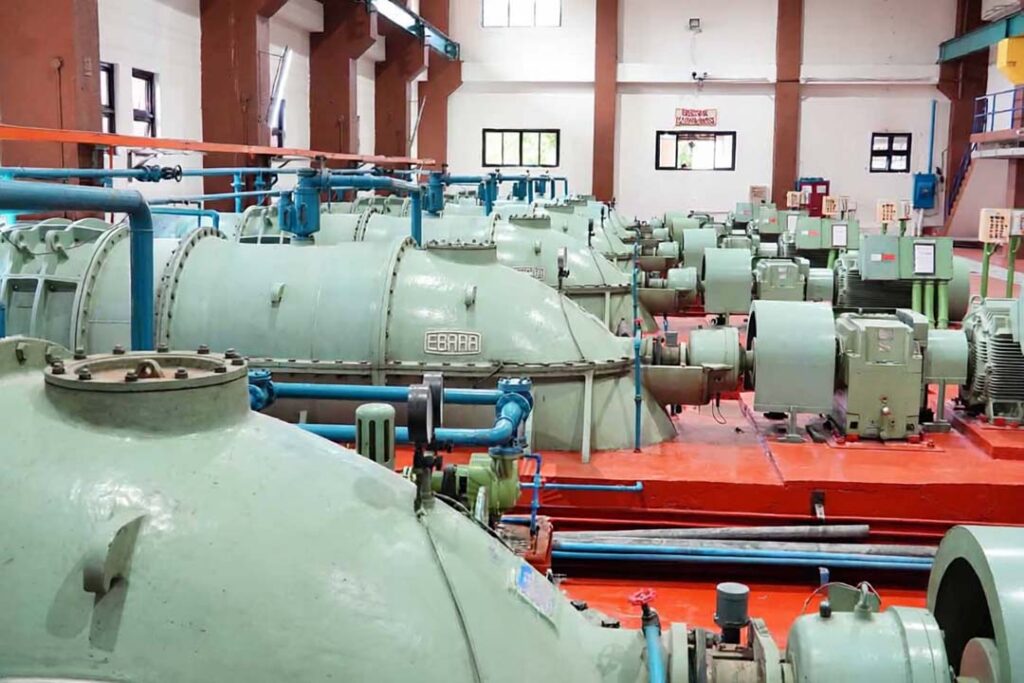
The Department of Budget and Management (DBM) leads the program, which incorporates advanced technology such as satellite imaging, drones, and geotagging to track the progress of major government infrastructure projects.
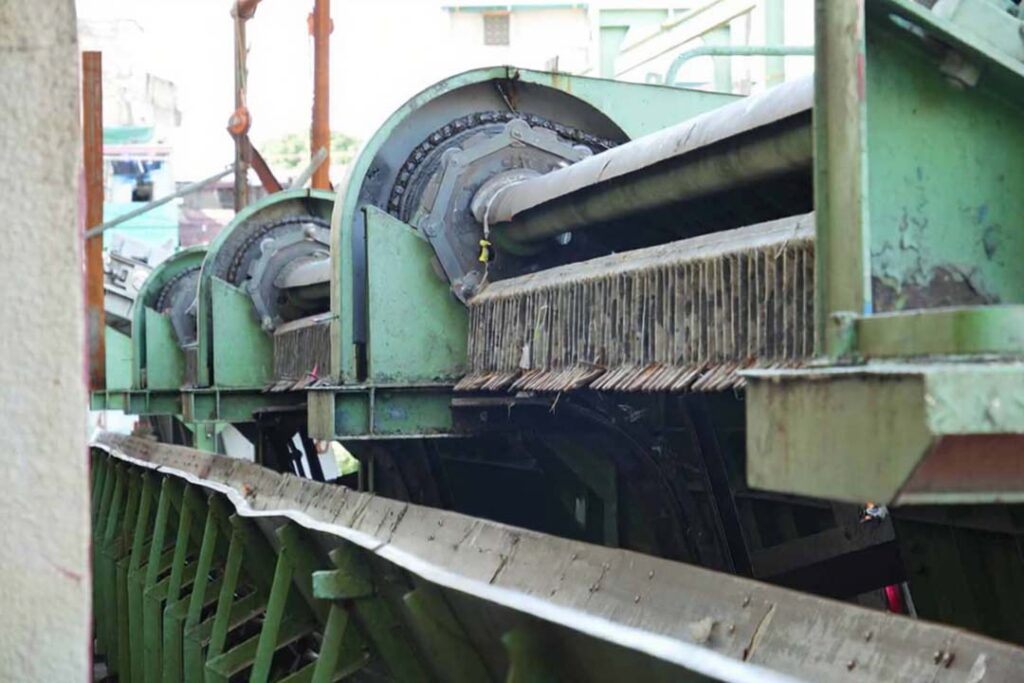
DBM Secretary Amenah Pangandaman highlighted the importance of public involvement, encouraging citizens to share their input on projects under DIME.
The launch also included the signing of a Memorandum of Understanding with various agencies: the Department of Transportation, Department of Information and Communications Technology, Department of Education, Department of Public Works and Highways, National Mapping and Resource Information Authority, Philippine Space Agency, and the Government Data Initiative.


Pasay City Mayor Emi Calixto-Rubiano, UP-NOAH Center Director Mahar Lagmay, and representatives from civil society groups joined the event to show their support.





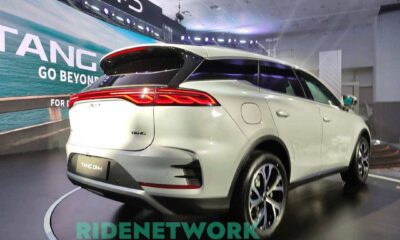

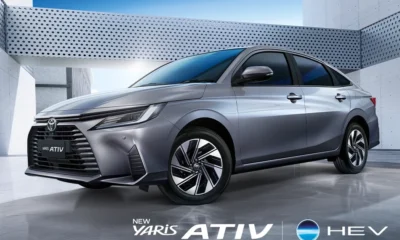



Pingback: Hongqi Powers Up Luxury EVs with Plus Upgrades and a PHEV Tease - ridenetwork.ph